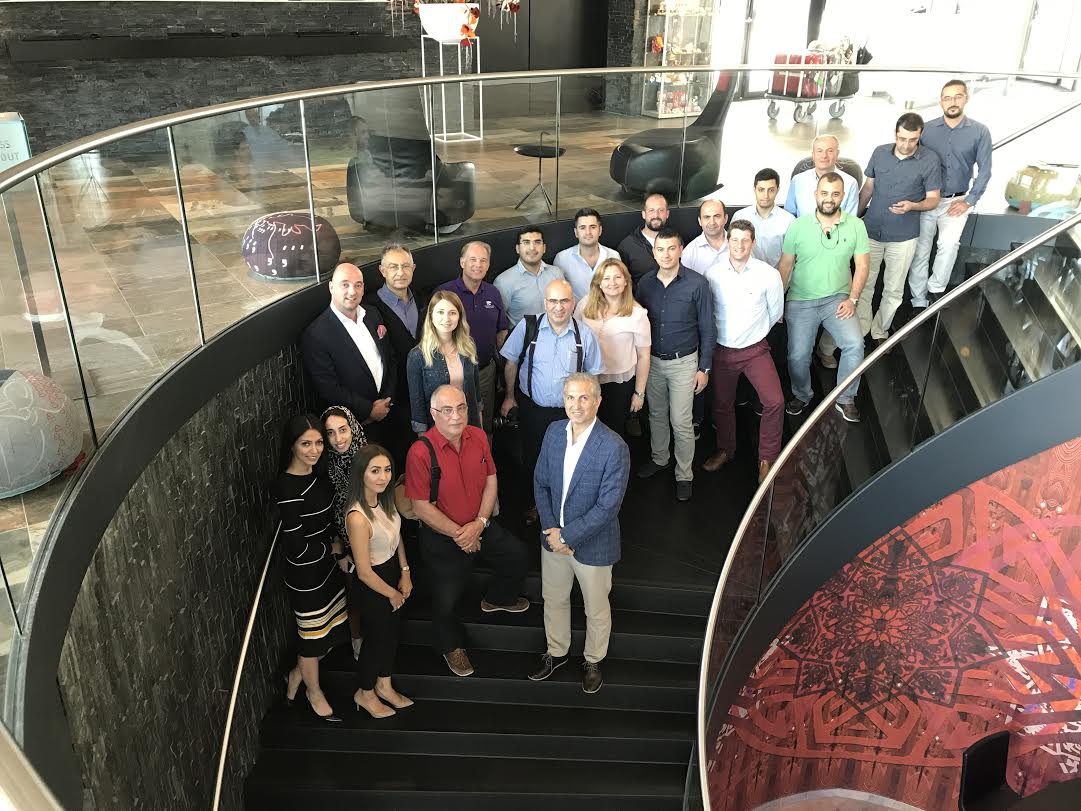USSEC Organizes Risk Management Seminar and Workshop in Netherlands
- Category:
- General News

USSEC organized a risk management seminar and workshop from July 4-6 in Rotterdam, Netherlands as part of a continuous activity sponsored by USSEC. The international marketing program was organized and completed successfully in Istanbul,Turkey with the participation of 20 people from Turkey and Saudi Arabia. Seminar participants included feed millers, crushers, poultry integrators, dairy integrators, and traders; all key decision-makers in terms of choice of ingredients used in the feed production. The goal of the event was to build a preference for U.S. soybeans and soybean meal from the Turkish and Saudi Arabia feed, poultry, and crushing industries.
The main objective of the meeting was to teach the feed producers and traders, including all the integrators, about international trading objectives, the marketing of U.S. Soy and soybean meal, and increasing the U.S. Soy share in Turkey and Saudi Arabia. Importers and crushers drive the use of U.S. Soy in this region. Many of the crushers, large feed producers, and integrators are not familiar with trading methods and they do not truly trade, but rather buy and sell the same day without doing any hedging, futures, and options, etc.
The program covered the overview of world soybean and soybean meal markets, U.S. grain production and marketing system, basis of trading and hedging, future markets, and principals of futures and options. Trading and simulations were done about purchasing under the guidance of Jay O’Neil (Kansas State University - IGP) and with the participation of Rory Deverell (FC Stone) and Jeffry Kuijpers (CME Group). After two days of classroom training, participants visited the Port of Rotterdam and Alco Energy Company. The clear objective of all presentations, simulations, and interactions with the attendees was to promote USSEC and U.S. Soy products in terms of real advantages as well as the image.
The presentations led to a favorable introduction, background, communication, and exchanges on or around U.S. Soy and soybean meal. All this was resumed in practical points worked out during the last session with simulation examples to address the specific benefits of trading highlighted. Overall, the response of attendees was positive and the multiple questions posed reflected the high level of interest. The discussions during breaks as well as following the Q&A sessions were lively and constructive. It was important that the participants were the real decision makers of the feed industry, mainly purchasing and trading people who decide where to import raw materials. Improving their knowledge with the basis of trading, hedging, and markets will help to increase the share of U.S. Soy.
Continued efforts in this area will increase demand for U.S. Soy and create loyal U.S. Soy importers and users in the market.



